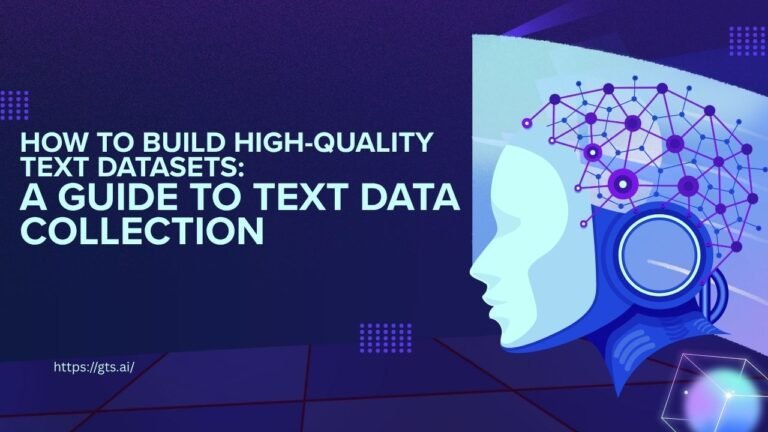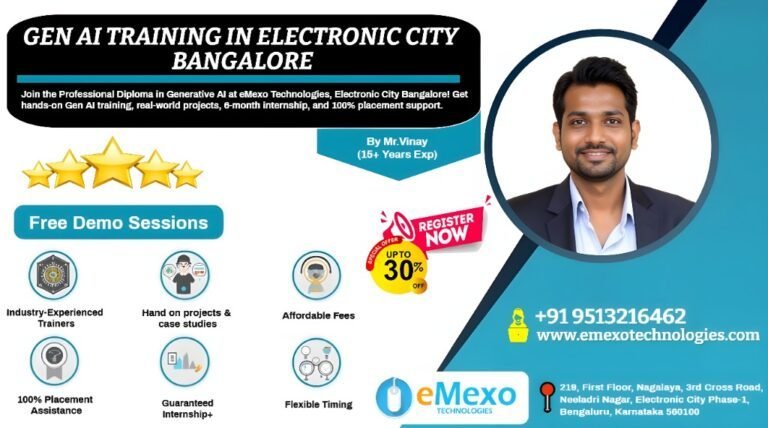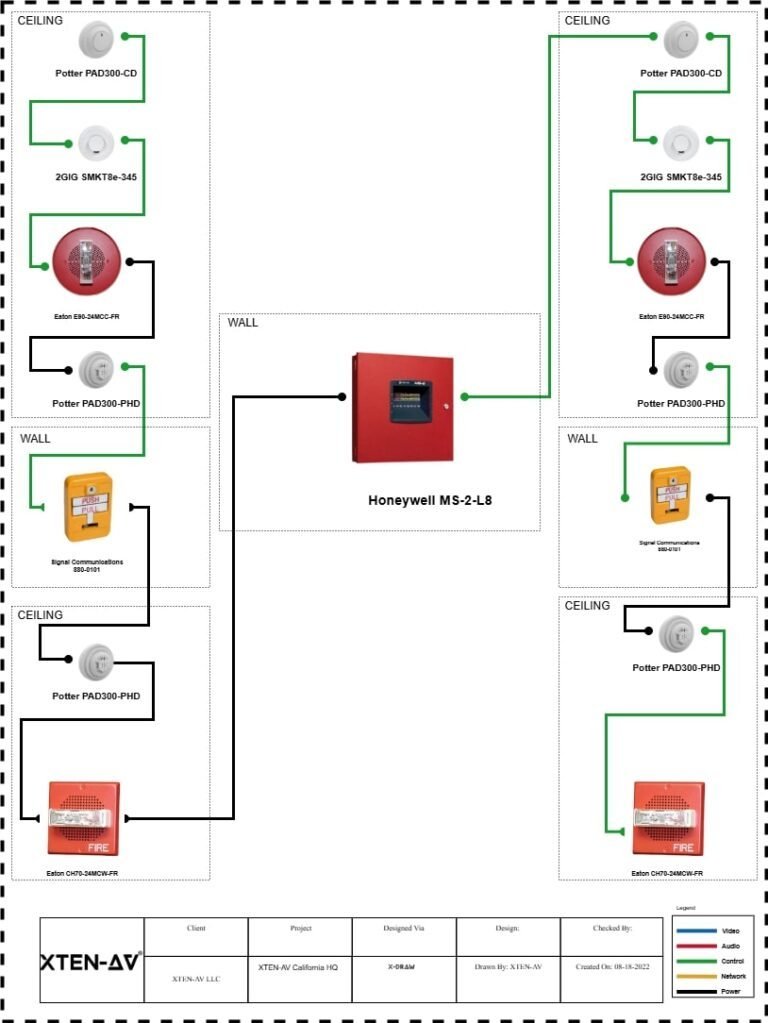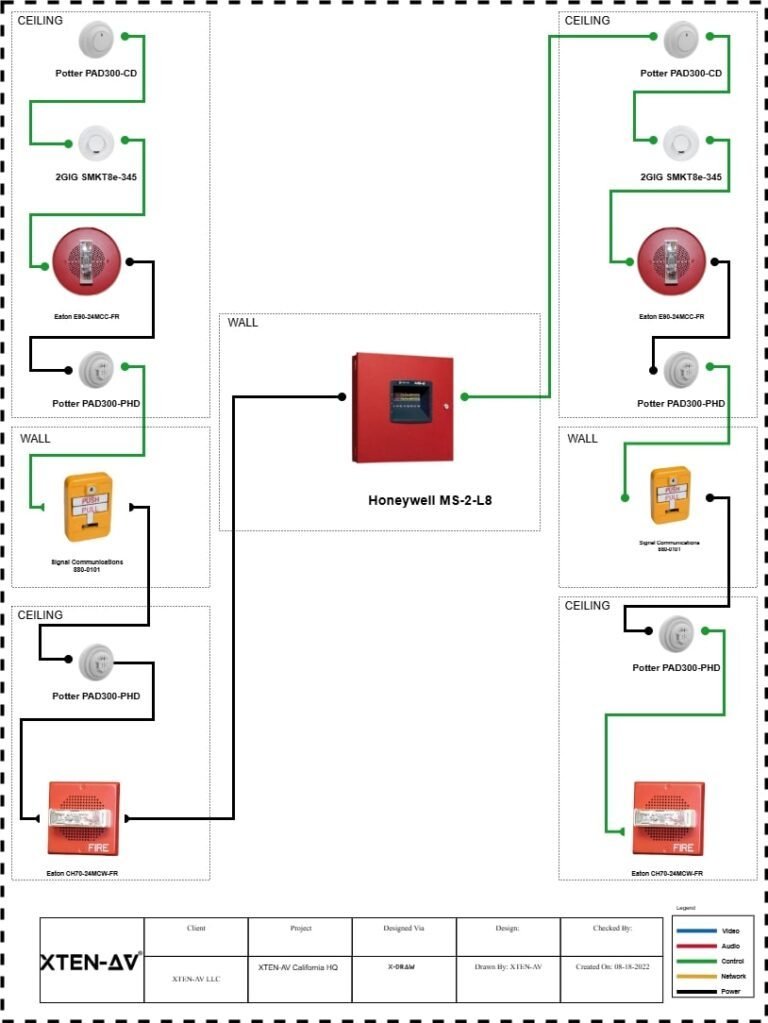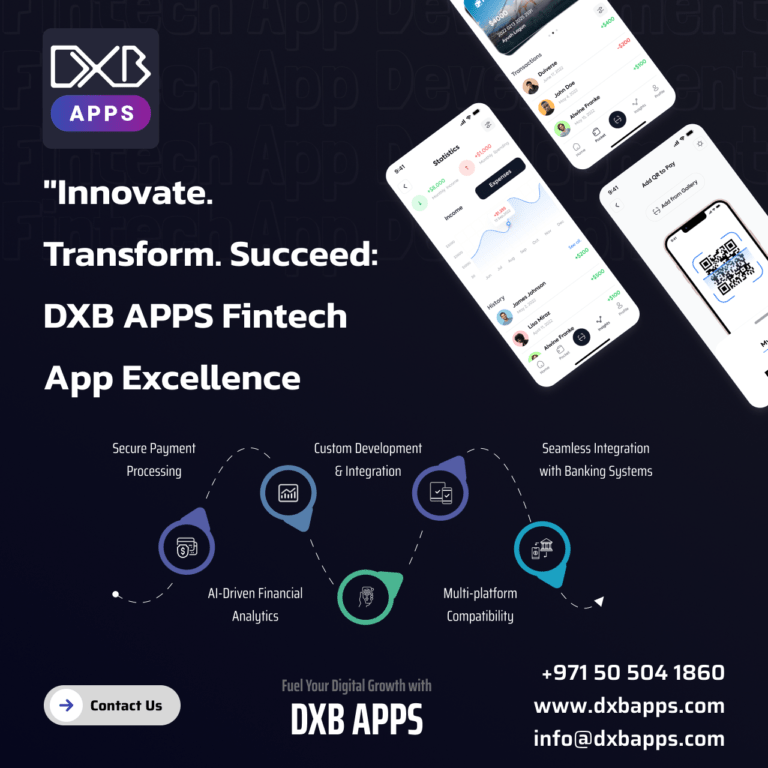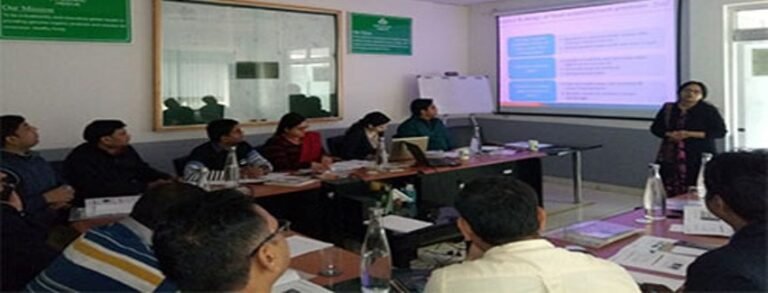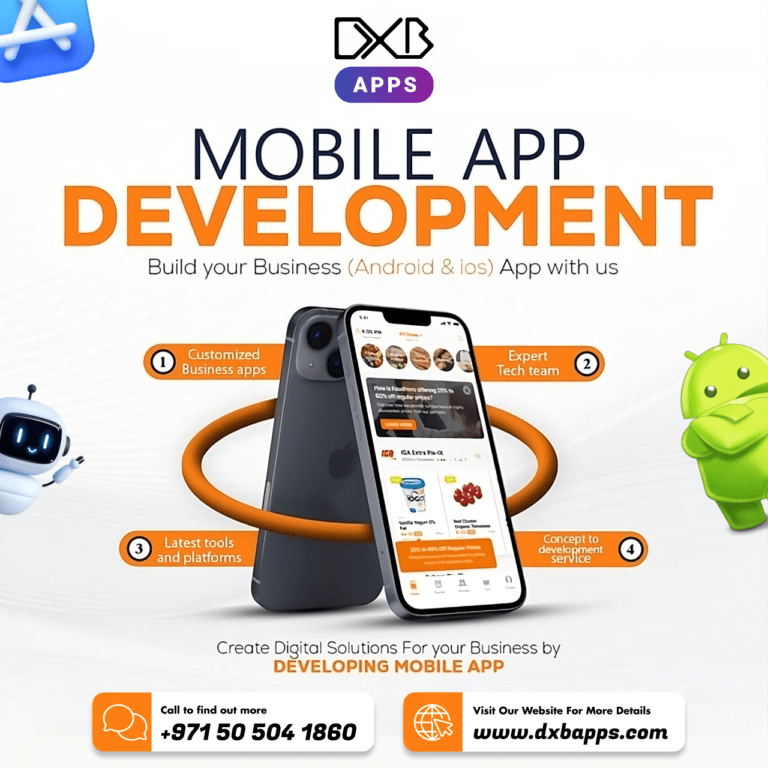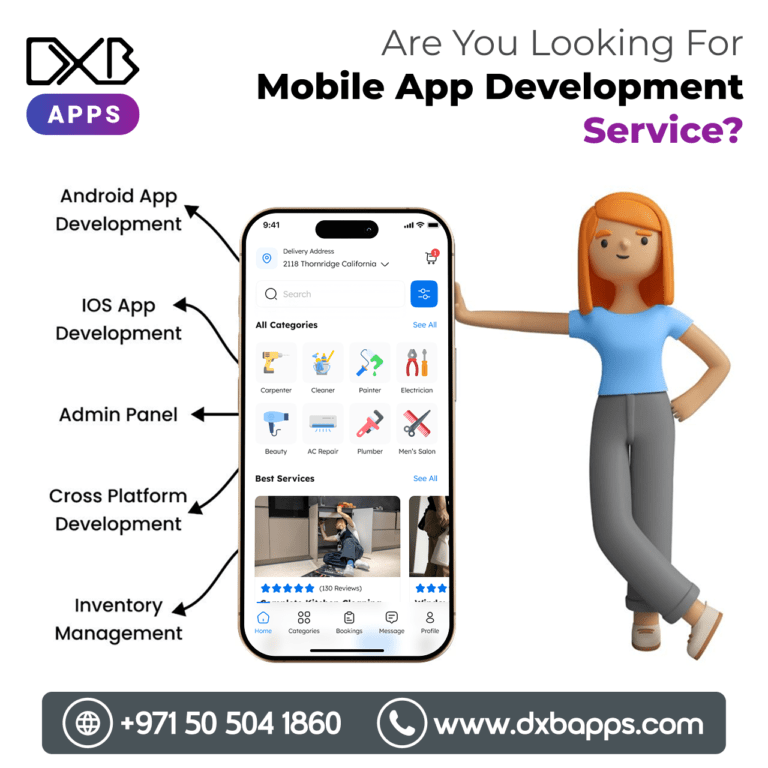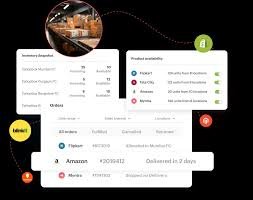Great ideas are fantastic but they don’t build themselves. What often happens in the world of projects, especially those with a strong technical component is a bit of a disconnect. You have your brilliant Project Engineers who are the visionaries and the technical wizards who can see the future of a product or system with crystal clarity. And then you have your Project Managers, the strategists who need to turn that shimmering vision into a concrete, deliverable plan.
The challenge? Bridging that gap. In the project world, this translation is absolutely critical for success. When a Project Manager truly understands and can operationalize a Project Engineer’s vision, innovation moves from a whiteboard sketch to a market-ready solution. When they can’t, you get scope creep, budget overruns, unmet expectations and even project failure. So, how do we make sure those brilliant technical visions become successful realities? Let’s dive into the art of translating a Project Engineer’s dream into a Project Manager’s actionable plan.
Vision vs. Execution
Before we get into the how, let’s quickly clarify the unique roles and perspectives of our two main characters. This is not about one being “better” than the other but more about understanding their inherent and complementary differences.
The Project Engineer (The Visionary):
Think of the Project Engineer (PE) as the deep-dive specialist. They are the part of any project for their technical feasibility, innovation and solving complex problems with elegant solutions. They are focused on the “what if” and the “how it should work” from a purely technical standpoint. They see projects in specifications, algorithms and design schematics. Their primary concern is often the technical integrity and optimal performance of the solution. They might envision a cutting-edge feature without immediately considering the extra six months and million dollars it might add to the timeline. Their passion is the purity of the engineering.
The Project Manager (The Executor):
Now, the Project Manager (PM) is the one who lives and breathes constraints. Their world revolves around the “how it will work” within the very real boundaries of time, budget, resources and risk. They are the masters of logistics, stakeholder communication and making tough trade-offs. While they appreciate technical brilliance, their ultimate goal is successful delivery. They see Gantt charts, resource allocation spreadsheets and risk registers. For them, an extra six months or a million dollars is not just a technical detail, it’s a major project hurdle.
The tension between these two perspectives is not a flaw but a natural dynamic that, when managed correctly, leads to innovative and deliverable solutions. The PM’s job is not to squash the PE’s vision, but to sculpt it into something that can actually be built, delivered and used.
The Translation Process:
Turning that technical dream into a concrete plan requires a structured, empathic, and iterative approach. Here’s how to do it:
Step 1: Become an Active Listener and Interpreter
This is where it all begins. A PM cannot effectively plan unless they understand the PE’s vision. This goes beyond just hearing the words, it’s about grasping the intent, the core problem being solved and the “why” behind the technical choices.
Don’t just accept “We need a new database.” Ask, “Why a new database? What problems are we solving with it? What are the current limitations that this aims to overcome?” Dig into the strategic value and the critical user needs. Every vision has core elements that absolutely cannot be compromised. Help the PE articulate these explicitly while also keeping in mind that the PE is the technical expert here. Approach the conversation with genuine curiosity and respect for their knowledge. This builds trust.
Step 2: Deconstruct the Vision into Tangible Components
Once you have a solid grasp of the vision, it’s time to break it down. A grand vision can feel overwhelming, but when you dissect it, it becomes a series of manageable pieces. Understand what are the actual things that need to be produced? Is it a software module, a hardware prototype, a detailed engineering drawing, a new process? Be specific and then map out the key features.
Every vision comes with some assumptions. “Assuming we can integrate with System X,” or “assuming Component Y performs as specified.” Bring these to the surface. These assumptions are potential risks if they prove false.
Step 3: Overlay the Reality Check
Now with the vision broken down, it’s the PM’s turn to apply the practical lens of project management. This is not about saying “no,” but about identifying the “what ifs” and “how much” that transform a concept into a project. You need to now answer some important questions like how long will each component take to design, develop, test and integrate? Are there external dependencies or fixed deadlines? What are the estimated costs for each piece? (this includes labor, materials, software licenses, external services, testing, etc. Factor in both direct and indirect costs).
Step 4: Collaborative Prioritization & Trade-offs
This is arguably the most critical step, requiring true partnership. The PM has laid out the practical realities, now the PE and PM must together decide on the path forward. Instead of saying, “That’s too expensive,” say, “Based on our current budget, achieving Feature X as envisioned would require Y resources or Z timeline. How important is Feature X compared to Feature A or B?”. During this conversation, the role of PM is to guide the conversation, provide data and help the PE make informed decisions about their vision given the project constraints.
Use frameworks like MoSCoW (Must-have, Should-have, Could-have, Won’t-have) or a simple High/Medium/Low priority matrix. Help the PE define what’s absolutely indispensable for the initial launch versus what can be deferred to a later phase. Every decision where the vision is modified or a feature is deferred needs to be documented. This prevents scope memory loss later on and provides a clear audit trail for stakeholders. This is where you establish a baseline that everyone agrees to.
Step 5: Develop the Actionable Plan
With the vision refined and priorities set, you can now build the detailed project plan. This is where the PM’s core skills come into play. Convert the prioritized components/features into specific, measurable, achievable, relevant, and time-bound (SMART) tasks. Establish key checkpoints or go/no-go decisions throughout the project lifecycle. These are critical for monitoring progress and making adjustments.
Understand how tasks relate to each other. Which tasks must be completed before others can start? This is crucial for accurate scheduling. Develop a project timeline that incorporates all tasks, dependencies, and available resources. Build in buffer time for contingencies. You can use a project management software like Microsoft Project for effective project scheduling. PM also need yo define how and when updates will be shared with the PE, stakeholders and the wider team.
Conclusion
Translating a Project Engineer’s vision into a Project Manager’s plan is not just a process, it’s an art form that blends technical understanding with practical execution. It requires empathy, structured thinking, clear communication, and a willingness to collaborate deeply.
When done well, it transforms abstract ideas into tangible successes and ensures that innovation is not just a dream, but a deliverable reality. You can the difference concepts and best practices in project management with the help of this project management training program. By mastering this critical translation, you won’t just manage projects, you’ll empower innovation, drive tangible value, and deliver truly impactful results for your organization.









































































